How to Care for a Pet Bird
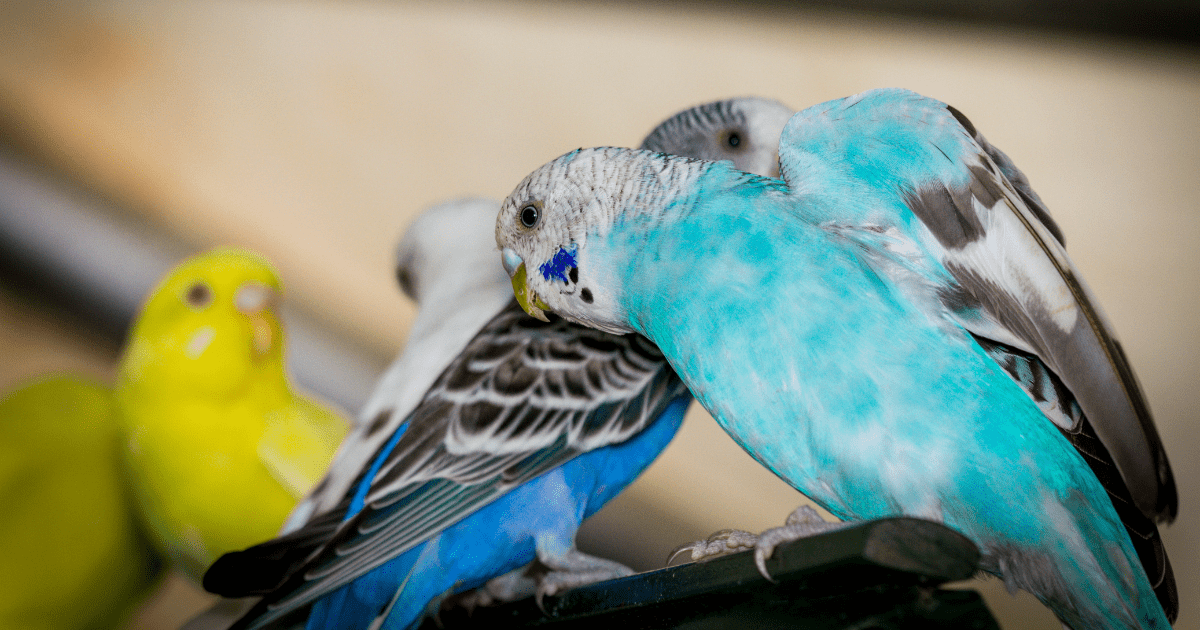
Introduction:
Bringing a pet bird into your home is an exciting and rewarding experience! Whether you’re a first-time bird owner or you’re expanding your family of feathered friends, it’s important to know how to care for a pet bird properly. Birds are not just cute companions—they require attention, care, and an environment that meets their physical and emotional needs. In this article, we’ll dive into simple yet effective tricks to ensure your bird feels right at home, from setting up the perfect living space to bonding with your feathered friend.
By following the tips in this guide, you’ll create a comfortable, loving environment where your pet bird can thrive. Let’s get started on how to care for a pet bird the right way!
Setting Up the Perfect Bird-Friendly Environment
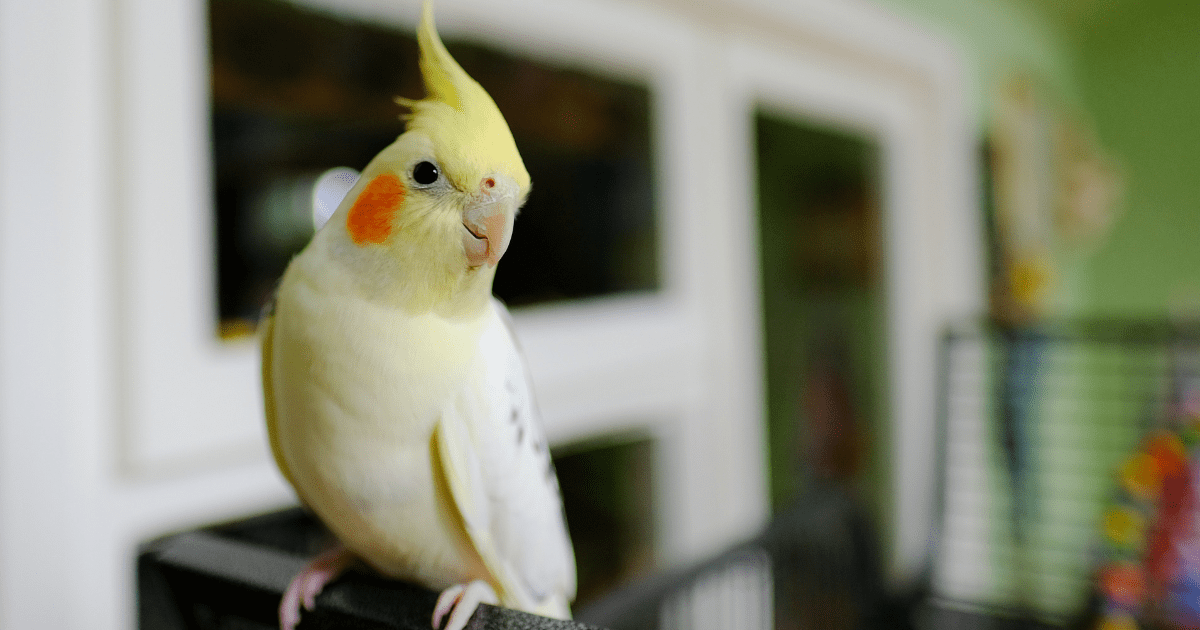
The first step in making your bird feel at home is creating a bird-friendly environment. Birds are intelligent, social creatures, and they need both physical and mental stimulation to live happy lives. When setting up your home for your new pet, it’s essential to keep their natural instincts and behaviors in mind. Here’s how to set up the perfect environment for your bird:
- Choose the Right Room for Your Bird:
Birds need a quiet, safe space away from drafts, loud noises, and other pets. A room where your bird can socialize with you while also having some privacy is ideal. Avoid placing the cage in direct sunlight or next to windows that may be too hot or cold. - Create a Natural Habitat:
Mimic your bird’s natural habitat as much as possible. Place bird-safe plants, perches, and branches in the room. Natural materials help your bird feel secure and more connected to their environment. - Consider the Lighting:
Birds need natural light for their well-being, so it’s important to place the cage in a spot that gets sunlight during the day. However, be cautious of intense heat that can cause overheating. An artificial light with a proper spectrum can also help ensure they get enough UVB exposure. - Bird-Friendly Flooring and Space:
If your bird will be allowed outside the cage, ensure the flooring is easy to clean and safe for them to walk on. Birds love flying around and exploring, so make sure the space is free from hazards like sharp objects or toxic plants. - Cage Placement Tips:
Make sure the cage is placed in an area where your bird can observe family activities without feeling overwhelmed. Birds enjoy being part of the family dynamic, but they also need a space to retreat to when they want privacy.
By setting up the perfect environment, you’ll give your pet bird the foundation for a happy and healthy life. The next step is to choose the right cage and accessories for their new home!
Choosing the Right Cage and Accessories
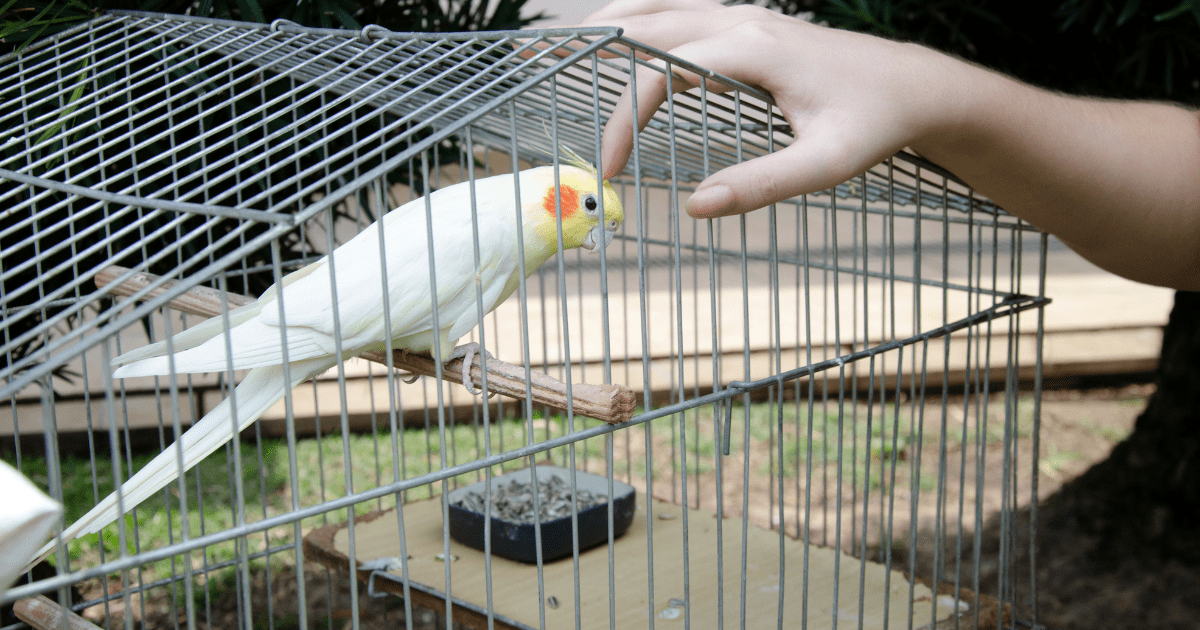
The cage is the most important part of your bird’s habitat. It needs to be spacious, comfortable, and secure. Here are some essential tips on choosing the right cage and accessories for your pet bird:
- Choosing the Right Size Cage:
Birds need space to move around, stretch their wings, and explore. The cage should be at least twice as wide as your bird’s wingspan. For active species like parrots, opt for a large cage with horizontal bars that allow for climbing. Small birds like finches and budgies need a cage with enough room for them to fly short distances. - Cage Material and Safety:
Look for a cage made of safe, non-toxic materials like stainless steel or powder-coated metal. Avoid cages with lead or zinc, as these materials are harmful to birds. The bars should be spaced appropriately—too wide, and your bird could escape; too narrow, and they could get stuck. - Cage Accessories:
Equip the cage with a variety of perches in different sizes and materials, such as wooden and rope perches, to keep your bird’s feet healthy. Add food and water bowls, toys, and a birdbath. Birds are social and curious, so offer a range of activities to keep them engaged. Changing toys regularly is essential to prevent boredom. - Cleaning and Maintenance:
Make sure the cage is easy to clean with removable trays and surfaces that resist build-up of food, waste, and feathers. A clean environment is key to your bird’s health. Perform daily spot cleaning and deep clean the cage weekly. - Cage Location Considerations:
Place the cage in an area where your bird feels secure but can still be part of the action. Keep it away from air conditioners, heaters, or direct sunlight, and ensure it’s high enough for your bird to feel like they have a safe space.
Choosing the right cage and accessories for your bird ensures their comfort, safety, and mental stimulation. Now, let’s move on to creating a safe and comfortable space for them to thrive!
Creating a Safe and Comfortable Space for Your Feathered Friend
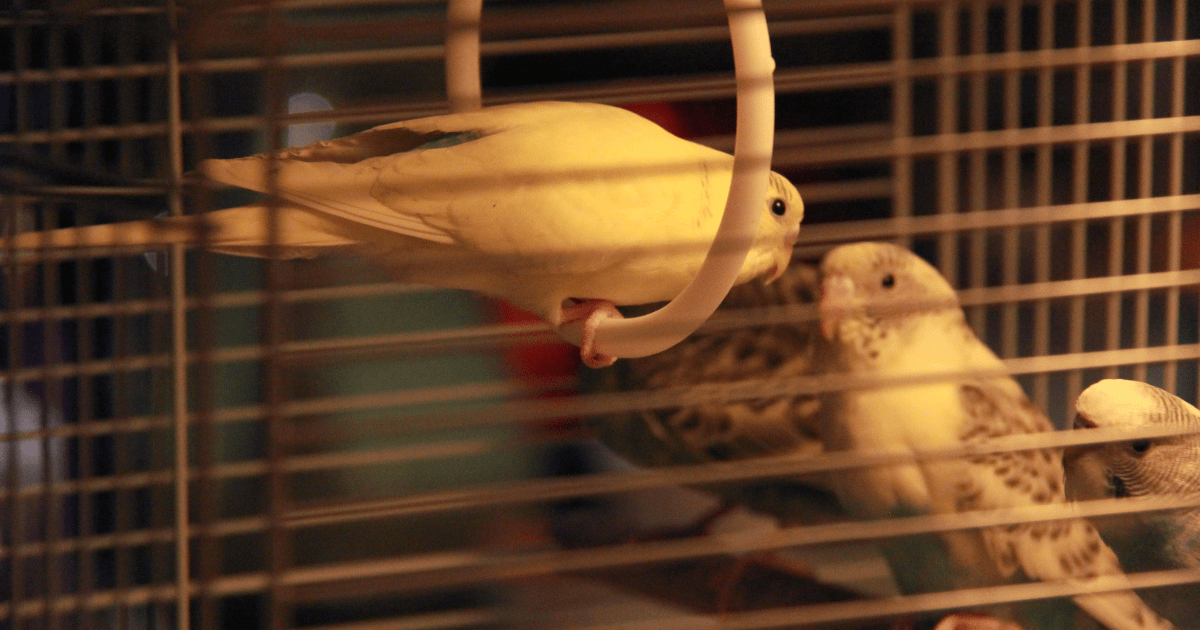
Creating a safe and comfortable space within the cage is crucial for your bird’s well-being. Here are some key steps to create an ideal environment:
- Bird-Proofing the Space:
Ensure that your bird’s space is free from any potential dangers. Look out for loose wires, toxic plants, sharp objects, or anything that could cause injury. Birds are curious creatures and will investigate everything around them, so keeping the environment secure is a must. - Maintaining a Comfortable Temperature:
Birds are sensitive to extreme temperatures. A comfortable room temperature (between 65-75°F or 18-24°C) is ideal. Make sure they aren’t exposed to drafts, sudden temperature fluctuations, or extreme heat. Birds enjoy warmth, but too much heat can lead to overheating. - Providing Rest Time:
Birds need plenty of rest to stay healthy. Ensure that they have a quiet, dark area for sleep at night. Avoid disturbing your bird during their rest period. Set up a natural day/night cycle with appropriate lighting to ensure they get enough sleep. - Separation from Other Pets:
If you have other pets like dogs or cats, it’s important to keep your bird’s cage in a separate area where they won’t feel threatened. Even if your dog or cat is calm, birds are prey animals, and stress from other animals can be detrimental to their health. - Providing Mental and Physical Stimulation:
Birds need constant stimulation, so provide a variety of safe toys, puzzles, and activities that challenge them mentally. Rotate their toys frequently to keep things interesting, and provide enrichment opportunities like foraging for food or climbing.
By creating a safe and comfortable space, your bird will feel secure and enjoy their new home. Now, let’s dive into understanding bird behavior!
Understanding Bird Behavior to Build Trust
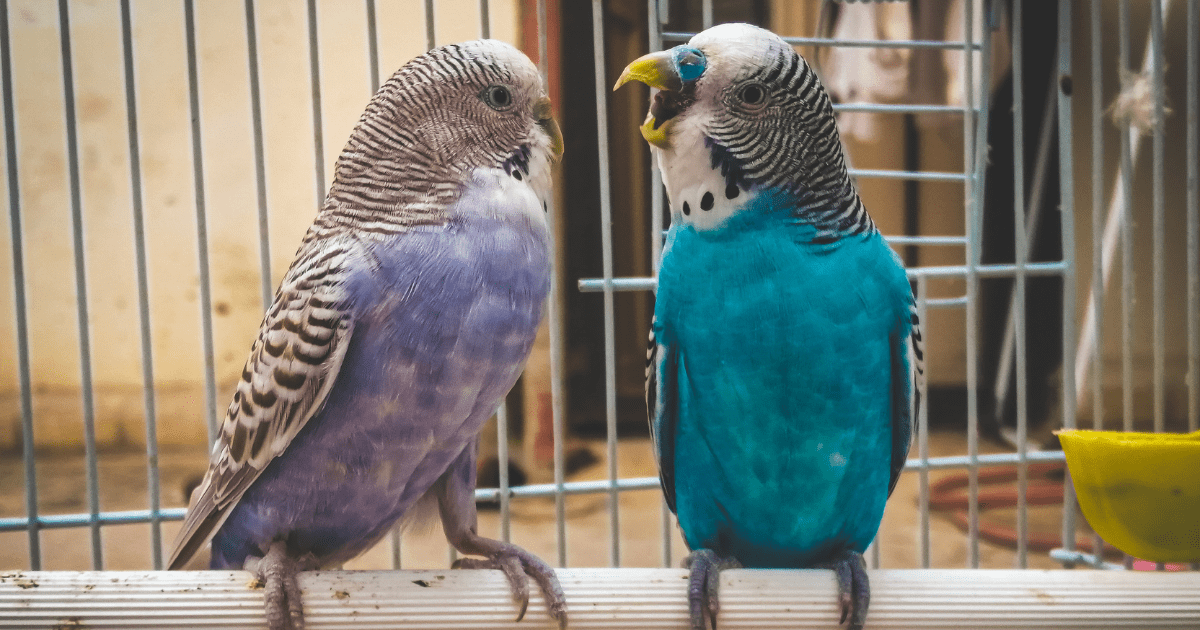
One of the most important aspects of caring for a pet bird is understanding their behavior. Birds communicate in many ways, and being able to read their cues helps build a strong bond. Here’s how to understand your bird’s behavior and gain their trust:
- Body Language and Vocalizations:
Birds use body language and vocalizations to communicate. Pay attention to their posture, feather positions, and sounds. For example, a relaxed bird will have their feathers smooth, while an excited bird might puff them up. Chirping, whistling, and talking are signs of a happy bird, while squawking or growling can indicate discomfort or stress. - Building Trust through Patience:
Gaining a bird’s trust takes time, so be patient and consistent. Start by spending time near the cage, speaking softly to your bird. Allow them to come to you on their own terms. Gradually work up to offering treats and allowing them to perch on your finger or hand. - Understanding Bird Socialization Needs:
Birds are social creatures, and many species crave interaction with their owners. However, every bird is different. Some might be more independent, while others are highly social. Understanding your bird’s unique needs and respecting their boundaries is key to building a strong relationship. - Recognizing Signs of Stress or Fear:
Birds are sensitive to stress and fear, which can lead to behavioral issues or health problems. Watch for signs of stress such as panting, feathers being fluffed up, or avoidance behavior. Creating a calm, stable environment helps prevent these issues. - Positive Reinforcement:
Use positive reinforcement techniques like treats and praise to encourage good behavior. Avoid using punishment, as it can break trust and create fear. Consistent, positive interactions will help strengthen the bond between you and your bird.
Understanding bird behavior allows you to communicate better with your pet and builds a deeper, more trusting relationship. Next, we’ll discuss establishing a fun daily routine for your bird!
Establishing a Healthy and Fun Daily Routine
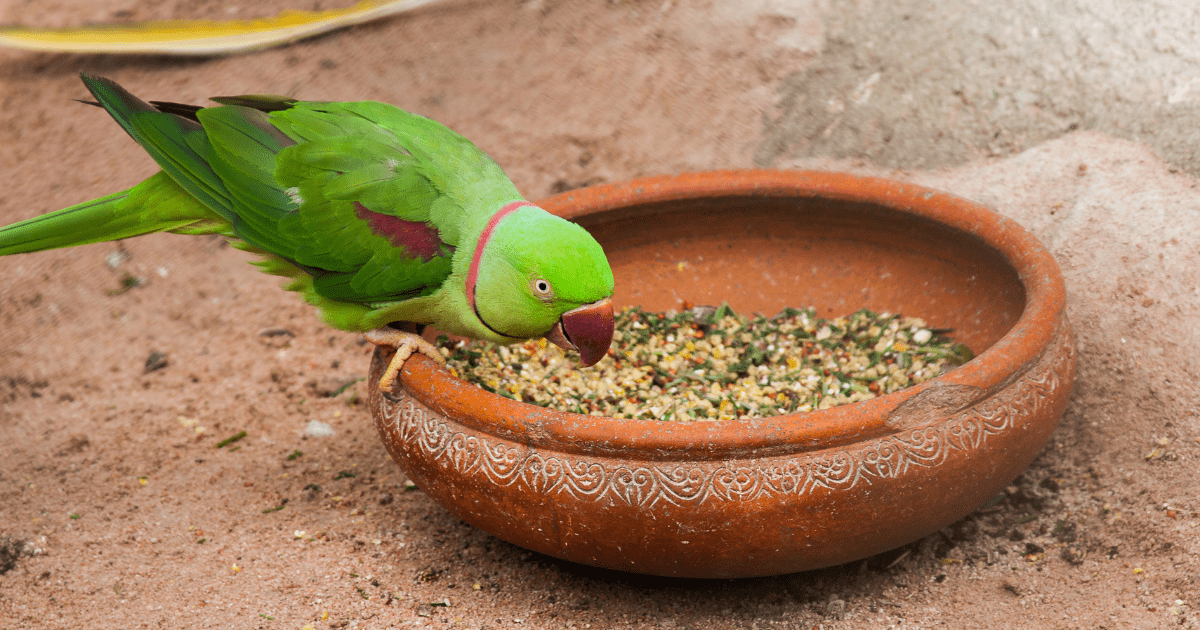
Establishing a routine helps your bird feel secure and provides structure to their day. Here’s how to create a healthy and fun daily routine for your pet bird:
- Morning Routine:
Start the day by opening the cage and allowing your bird to stretch and move around. Provide fresh water and food, and give them some time to explore their surroundings. Morning interaction is a great way to bond with your bird. - Feeding Schedule:
Birds thrive on consistency, so establish regular feeding times.
Provide a balanced diet of seeds, pellets, fruits, and vegetables. Make sure to change the water regularly, and remove any uneaten food to avoid contamination.
- Interactive Playtime:
Birds need mental stimulation, so include interactive playtime in their routine. Use toys, foraging activities, or even training sessions to keep your bird engaged. Birds love challenges, so provide them with puzzles to solve and toys to play with. - Out-of-Cage Time:
Allow your bird to spend time outside of the cage in a safe, bird-proofed area. This is essential for their physical health and provides them with opportunities to fly, climb, and explore. - Rest and Quiet Time:
Birds need plenty of sleep to stay healthy, so include quiet, restful periods in their daily routine. Create a calm environment for them to retreat to during nap times and at night.
A consistent daily routine will help your bird feel secure and balanced. Now let’s move on to how to provide nutritious food and water for your bird’s well-being!
Providing Nutritious Food and Fresh Water for Your Bird’s Well-Being
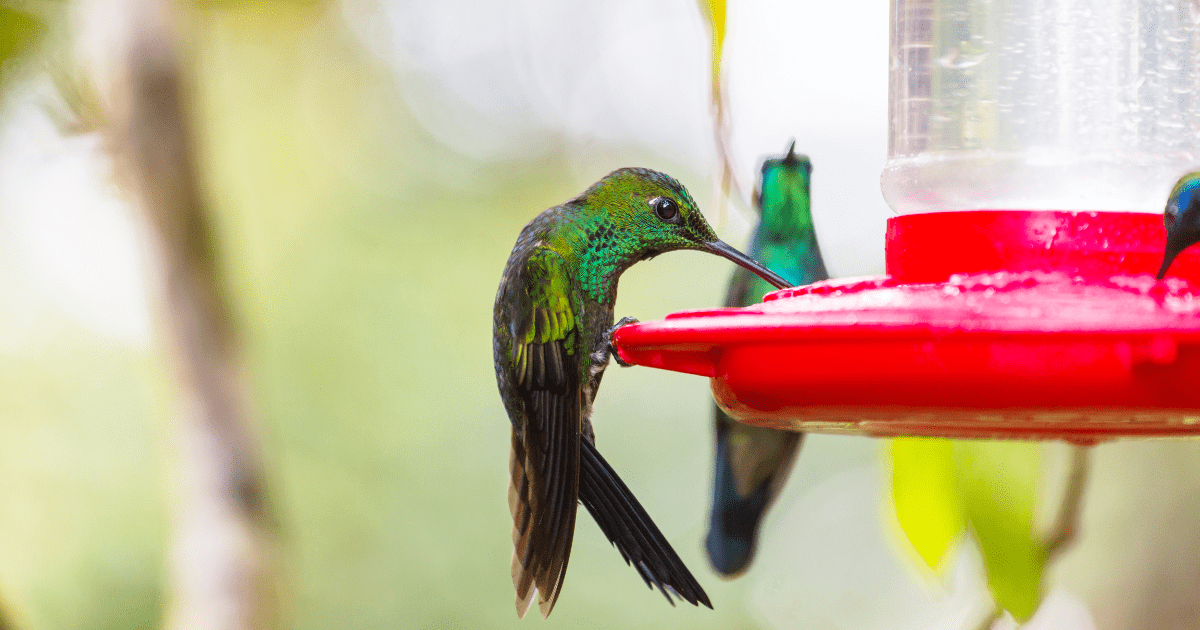
Feeding your bird a balanced, nutritious diet is essential for their health. Birds are prone to obesity, malnutrition, and other health problems if they don’t get the right nutrients. Here’s how to ensure your bird’s diet is perfect:
- Choosing the Right Food:
Your bird’s diet should consist of high-quality pellets, fresh fruits, vegetables, and seeds. Pellets should make up the majority of their diet, as they are nutritionally balanced. Offer a variety of foods, including leafy greens, carrots, berries, and small amounts of fruit like apples or bananas. - Fresh Water is Essential:
Always provide fresh, clean water for your bird. Change the water at least once a day to ensure it stays clean and free from bacteria. Some birds may prefer a water dish, while others might enjoy a water bottle. - Avoiding Toxic Foods:
Some common human foods are toxic to birds, including chocolate, avocado, caffeine, and alcohol. Be mindful of what your bird eats and avoid feeding them anything harmful. - Treats and Snacks:
Treats should be given in moderation and can be used as a reward during training or to bond with your bird. Healthy snacks like nuts, sunflower seeds, and small pieces of fruits are perfect. - Monitoring Weight and Health:
Regularly check your bird’s weight and overall health. Obesity is a common issue, especially with seed-heavy diets. Adjust their food intake if necessary to maintain a healthy weight.
Providing your bird with a healthy, balanced diet will ensure they stay happy and energetic. Now, let’s talk about how to bond with your bird and make them feel truly at home!
Easy Tricks to Bond with Your Bird and Make Them Feel At Home
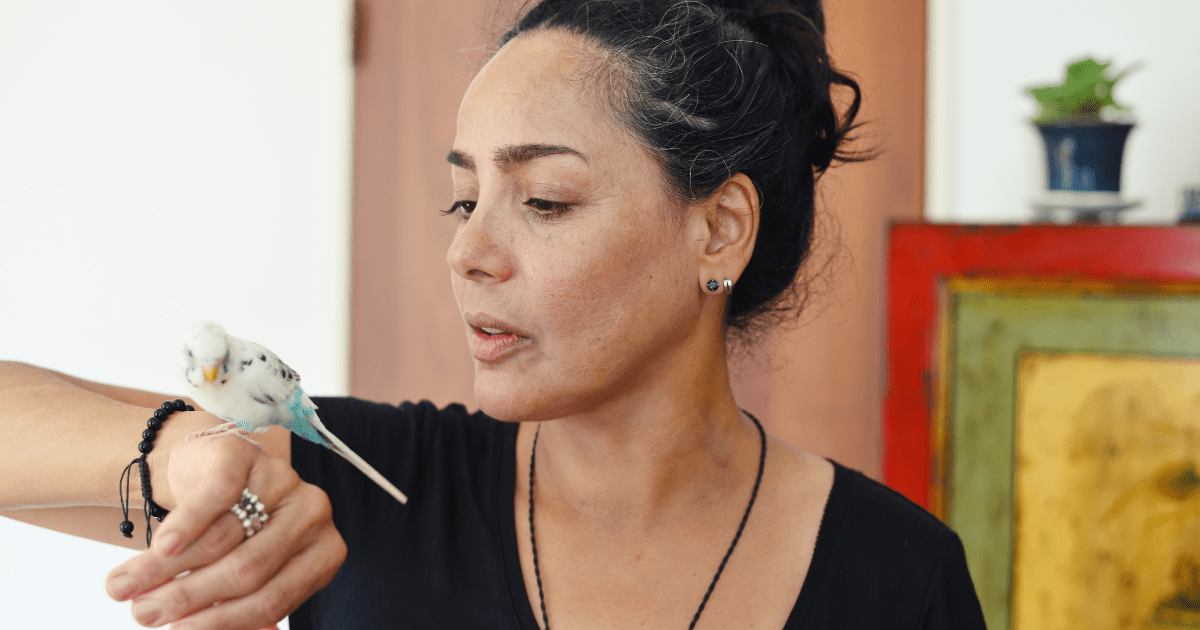
Bonding with your bird is one of the most rewarding parts of bird care. Here are some easy tricks to build a strong relationship and make your bird feel like part of the family:
- Spend Quality Time Together:
Birds love attention, so spend time with them every day. Whether it’s talking, singing, or simply being near them, regular interaction helps build trust. - Offer Treats and Praise:
Use positive reinforcement to encourage bonding behaviors. Offer treats when your bird does something right, and always praise them with a gentle voice. - Training Sessions:
Train your bird using positive reinforcement techniques. Teaching your bird simple tricks like “step up” or “fly to me” helps build a bond of trust and respect. - Let Your Bird Explore:
Birds love exploring their environment. Allow them to fly and climb in a safe, supervised area outside the cage. This gives them freedom and helps strengthen your relationship. - Be Patient and Gentle:
Every bird is different, so respect their pace. Some birds may warm up quickly, while others may take more time. Be patient, gentle, and consistent in your interactions.
Building a bond with your bird will create a lasting friendship that benefits both of you.
Conclusion:
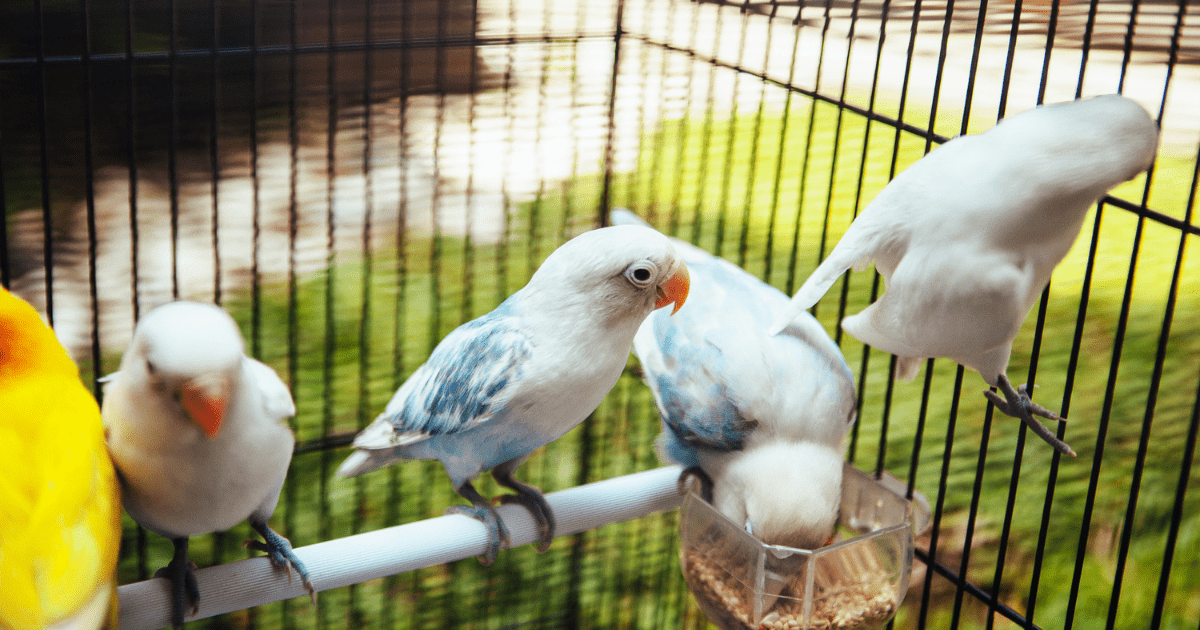
Caring for a pet bird is a delightful journey that requires attention, patience, and love. By setting up the right environment, providing the best care, and bonding with your bird, you’ll create a happy and healthy home for your feathered friend. Birds are intelligent, curious creatures, and with the right care, they can become lifelong companions.
For more information on how to care for a pet bird, visit https://thepawshub.com for expert tips and advice!